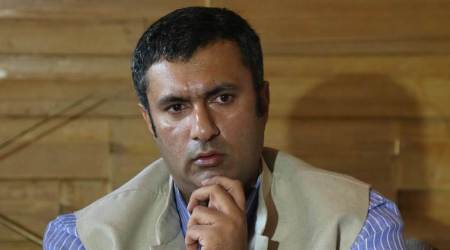 Star TV paid Rs 16,348 crore to get exclusive rights to beam the T20 extravaganza to mobile phones, tablets, computers and every television around the world for the next five years.
Star TV paid Rs 16,348 crore to get exclusive rights to beam the T20 extravaganza to mobile phones, tablets, computers and every television around the world for the next five years.
The spot-fixing scandal, the subsequent Supreme Court-triggered BCCI churning, and even the worrying Q1 growth data couldn’t collectively undermine the brand value of the Indian Premier League. Star TV paid Rs 16,348 crore to get exclusive rights to beam the T20 extravaganza to mobile phones, tablets, computers and every television around the world for the next five years. This 182 per cent jump from the old Lalit Modi era 10-year deal that expired early this year makes every IPL game worth Rs 54 crore.
Comparing these numbers to other global sports broadcasting figures gives a telling measure of the IPL’s big leap. Football, easily the world’s most popular — and evolved — sport, has an extra zero on its telecast rights cheque. A Champions League game is worth Rs 148 crore, for World Cups the corresponding figure is Rs 242 crore. FIFA’s 200 active members, a truly global market, and world-wide fan base justifies the football rights holders’ optimism and adventurism. But in cricket, Star’s over-reach might see them stretch their hands deep into the pockets of advertisers, and the TV addicts sprawled on the couch. With virtually all cricket under their control — they also hold the rights for India’s home games, most away engagements plus ICC events — they can use their monopoly to manoeuvre the market. Not surprisingly, even before they got the rights, there was an anticipatory complaint with the Competition Commission detailing the ills of making Indian cricket a one-broadcaster sport.
Complaints and laments after and even before mega auctions are to be expected. Along with the fears, there will be moralising and even sanctimonious scoffing at this latest sporting splurge. But what’s disturbing is the fact that after this deal, the BCCI will get more money from an IPL match than an international game. That’s what makes this cricket’s game-changing deal.

